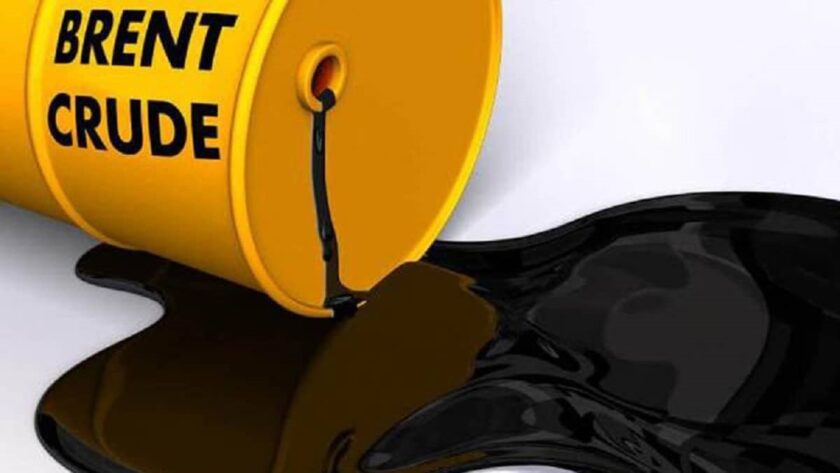Oil Prices Slide on Expectation of Overweight Supply
Oil prices slide ahead of the Organisation of Petroleum Exporting Countries (OPEC) meeting, with weak demand from China and rising output from Venezuela. Concern rises Tuesday as producers would likely agree to raise oil supply at OPEC meeting this week, thus weighed on sentiment.
Brent crude dropped 24 cents, or 0.4 per cent, to $63.45 a barrel this morning, after losing 1.1 per cent the previous day.
U.S. West Texas Intermediate (WTI) crude fell 18 cents, or 0.3 per cent, to $60.46 a barrel, having lost 1.4 per cent on Monday.
They both touched the lowest in more than six days, extending losses that started late last week.
Expectations that the Organisation of the Petroleum Exporting Countries and its allies, a group known as OPEC+, would boost oil output from April are pushing prices lower.
“The clamour among some members to refill their coffers is likely to be a more powerful force than complaints externally about tight supplies.
In the interests of OPEC+ discipline, the Saudi’s are likely to accede,’’ said Jeffrey Halley, senior market analyst at OANDA.
“With the speculative market heavily long, the past three sessions’ falls look corrective ahead of Thursday’s meeting.’’
The group meets on Thursday and could discuss allowing as much as 1.5 million barrels per day (bpd) of crude back into the market. OPEC oil output fell in February as a voluntary cut by Saudi Arabia added to reductions agreed to under the previous OPEC+ pact, a Reuters survey found, ending a run of seven consecutive monthly increases.

China’s factory activity growth slipped to a nine-month low in February, which may curtail Chinese crude demand and pressure oil prices while oil buying from the world’s top importer has already eased lately.
“There are signs that the physical market is not as tight as futures markets suggest,’’ ING Economics said in a note.
“Chinese buying is reportedly easing, with demand expected to be weaker as we go into Q2 for refinery maintenance.’’
In February, oil prices trend higher with both benchmarks increasing by more than 15% to reach pre-pandemic levels.
It is noted that the OPEC+ decision to incrementally increase output along with Saudi Arabia’s massive 1 million-barrel-per-day (bpd) production cut pledge in February and March were timely responses to oversupply concerns.
However, as planned in the December meeting, the group will convene on March 4 to decide on the production quota after March.
According to some reports citing OPEC sources, the group could add half a million more barrels to the market in conjunction with an output rebound of 1 million bpd from Saudi Arabia.
Although group members want to benefit from high oil prices, earlier in February, OPEC’s de facto leader Saudi Arabia’s Energy Minister Abdulaziz bin Salman warned the group against complacency.
Adding more to supply concerns, OPEC member Venezuela, which was exempted from the production cuts due to US sanctions, increased its production in February.
The country pumped over 700,000 bpd in February, the highest level in the last 10 months.
On the demand side, oil demand from the world’s second-largest oil consumer, China, is expected to decline in line with the country’s factory activity growth, which dropped to nine-month lows.
Oil Prices Up on Brexit deal, US Relief Pack Hopes
Oil Prices Slide on Expectation of Overweight Supply












